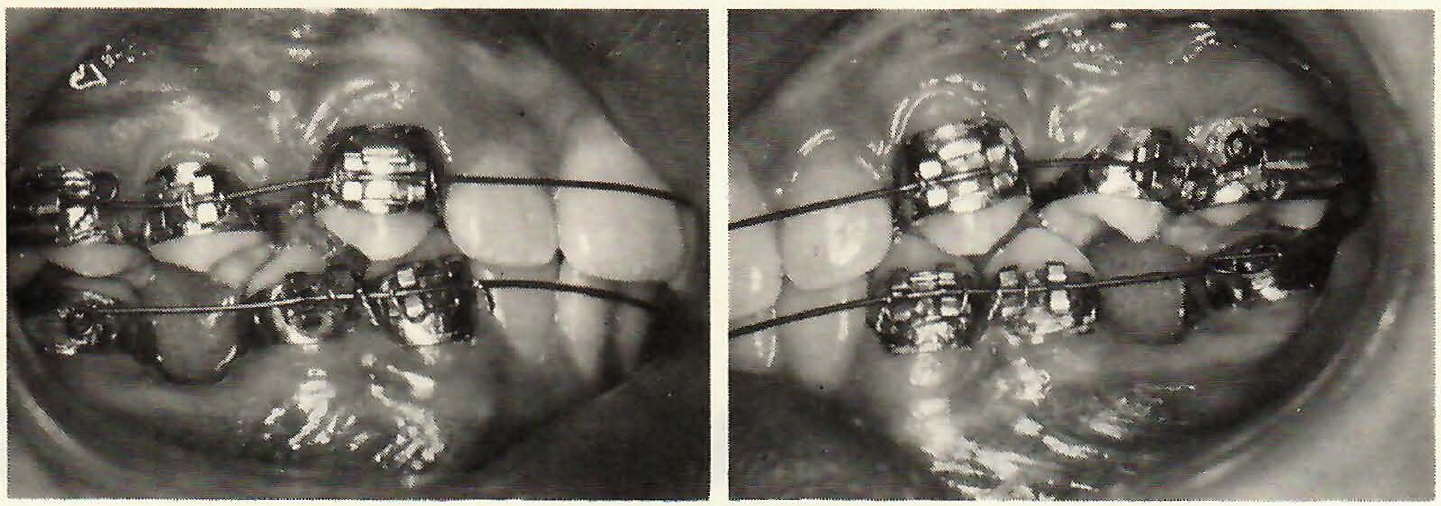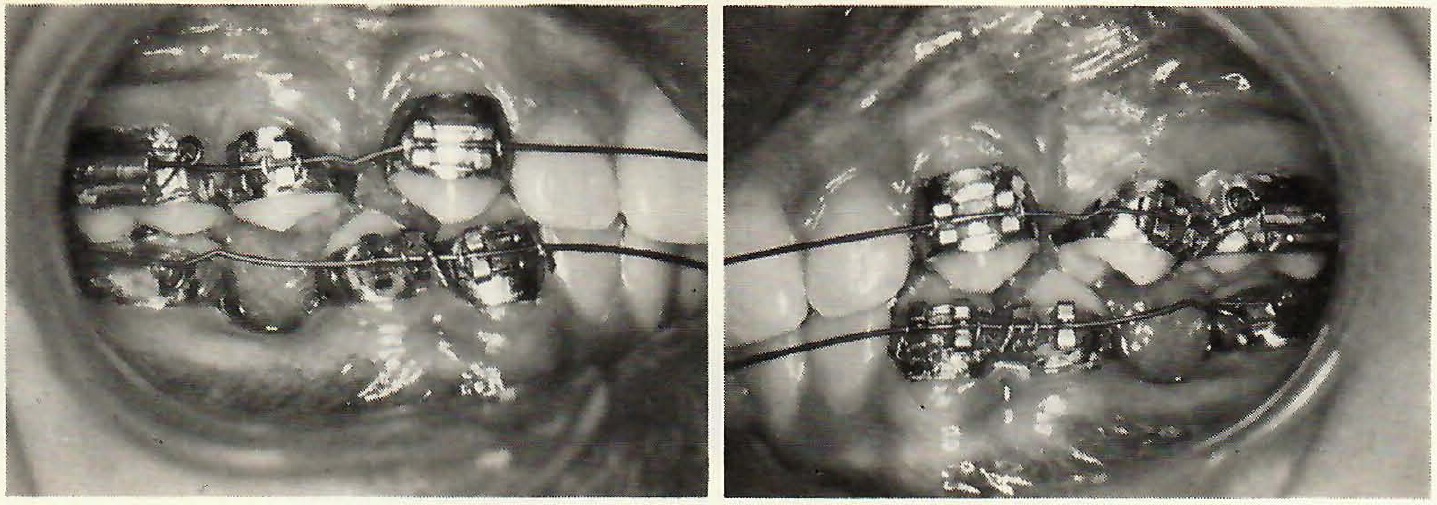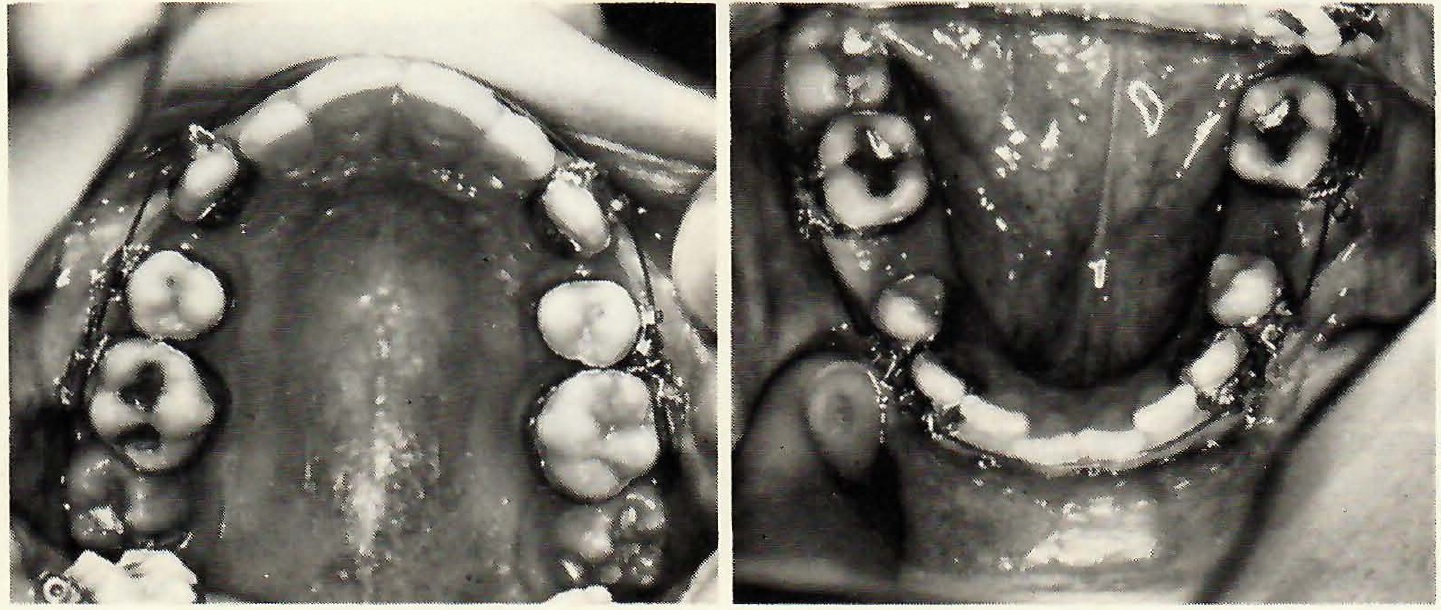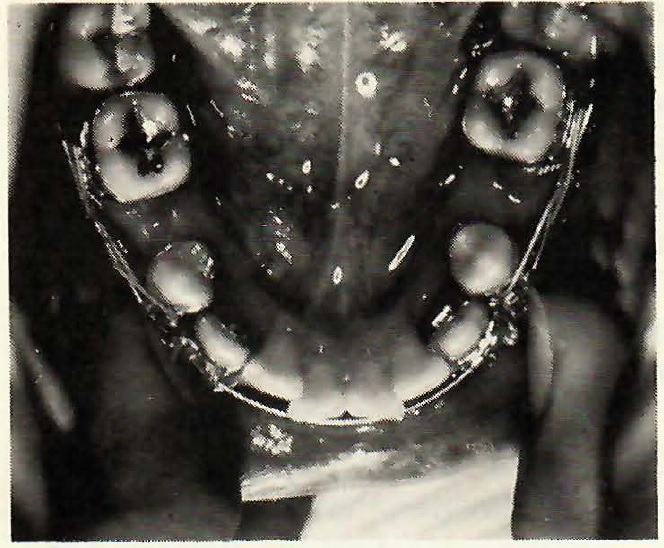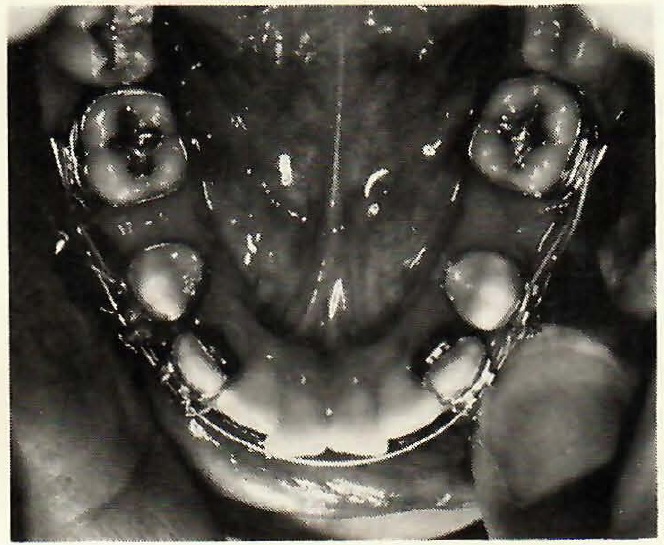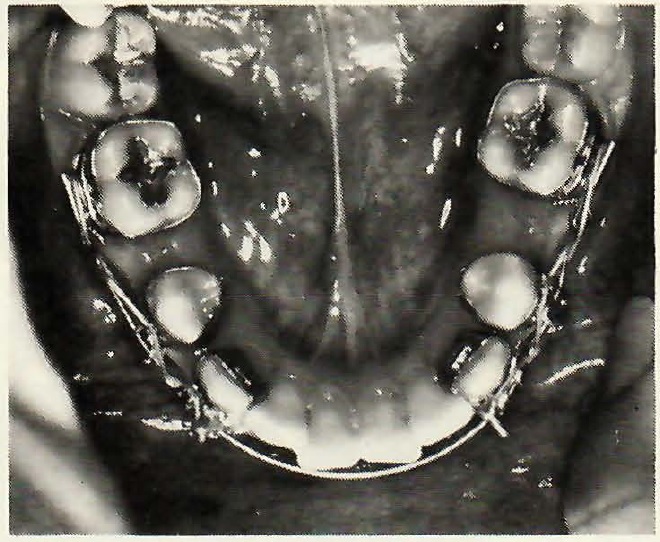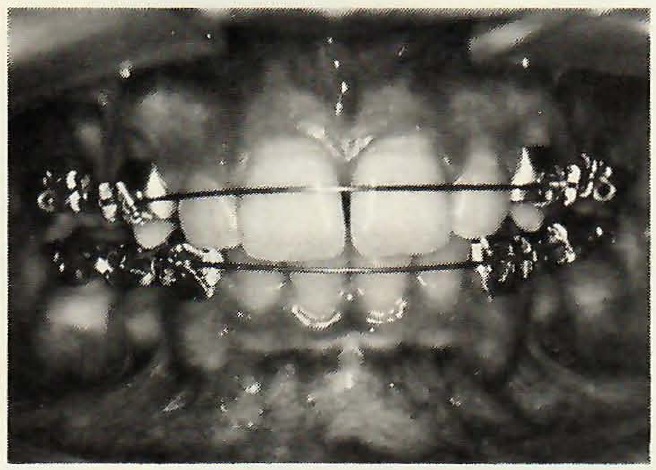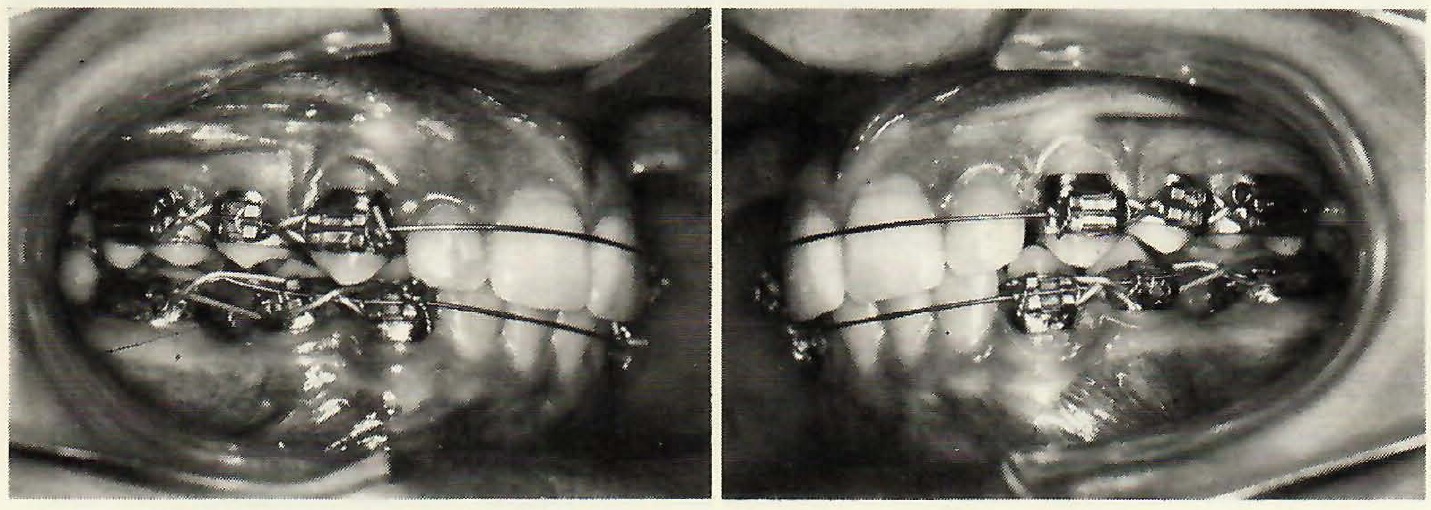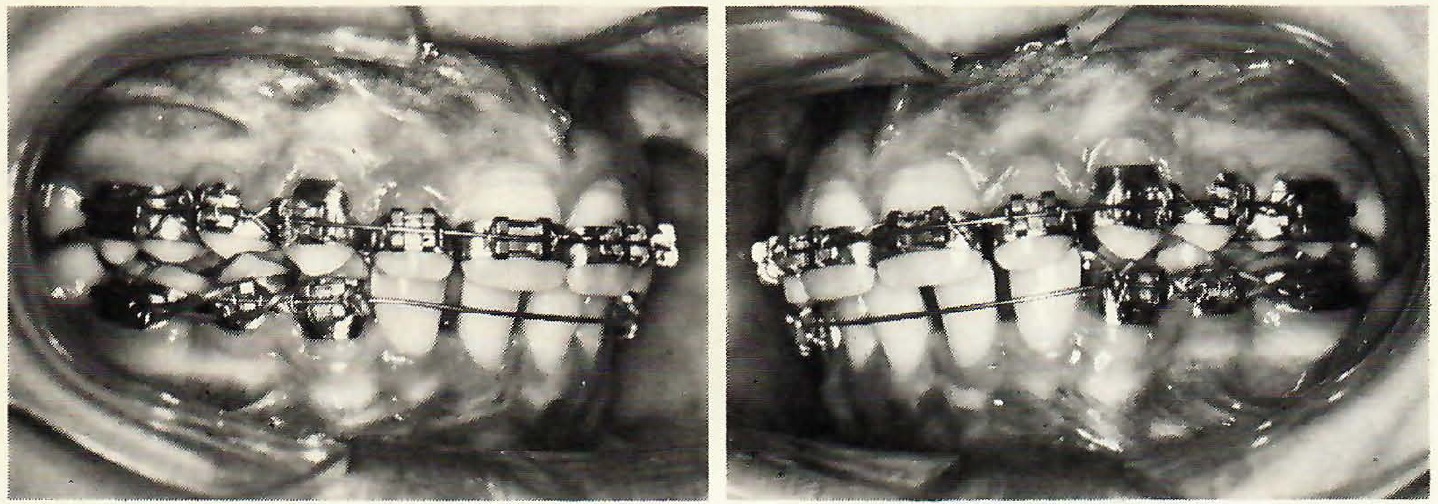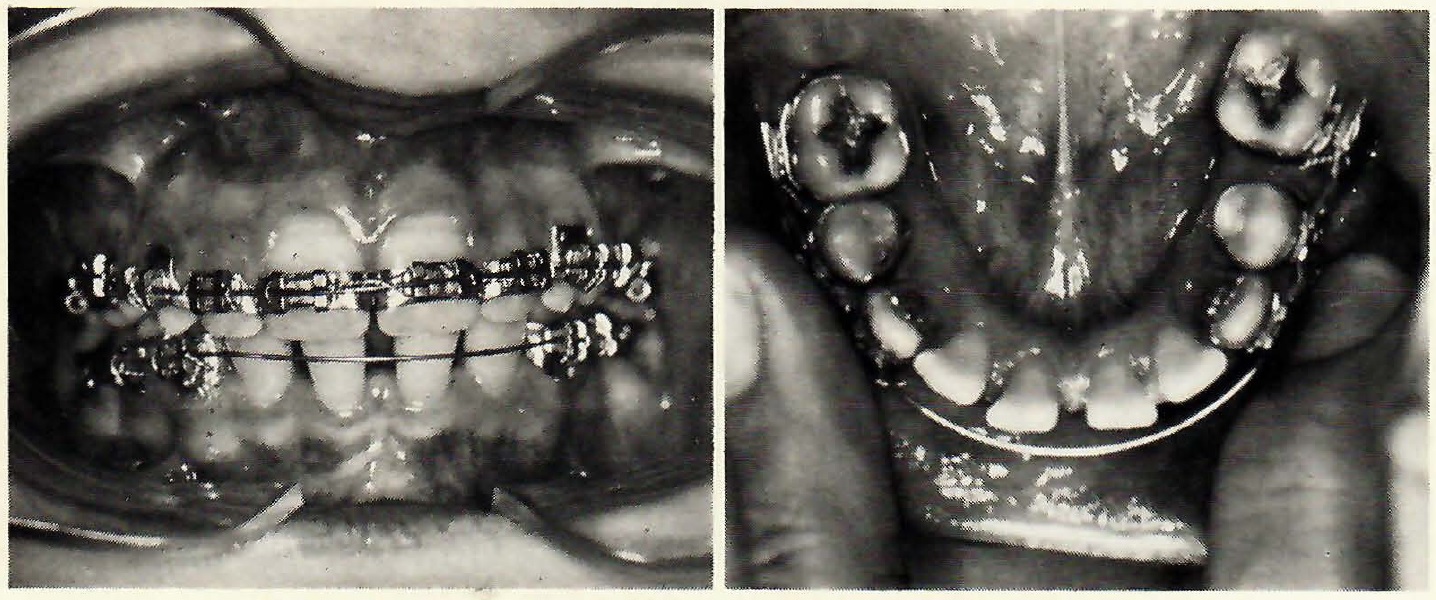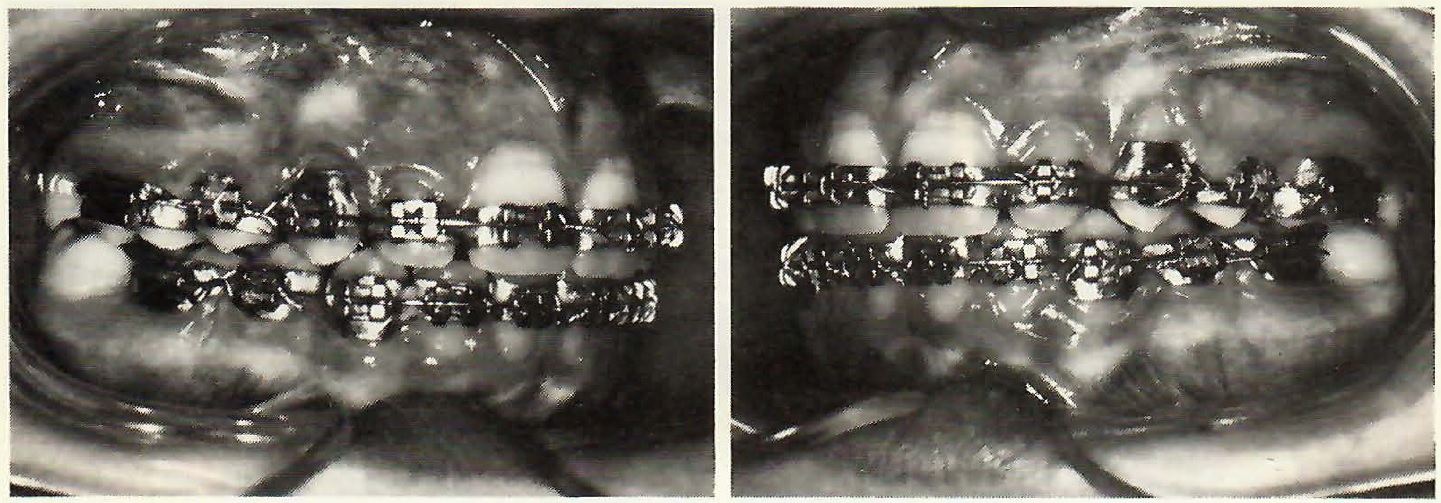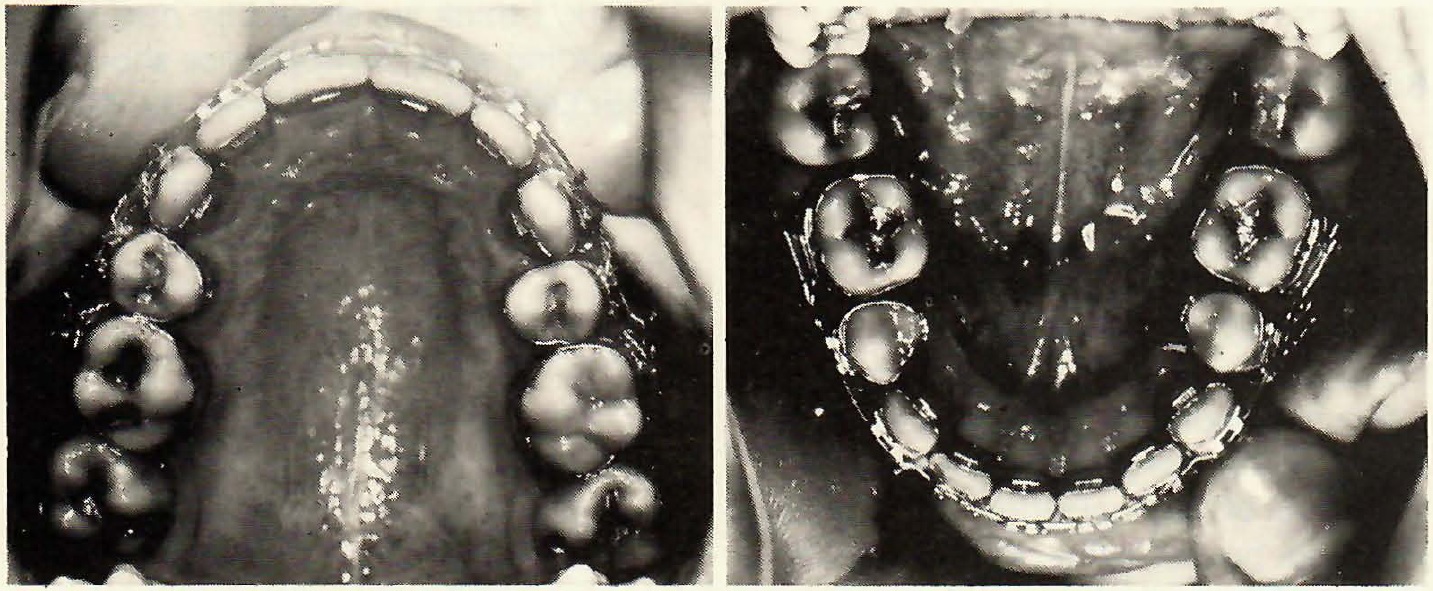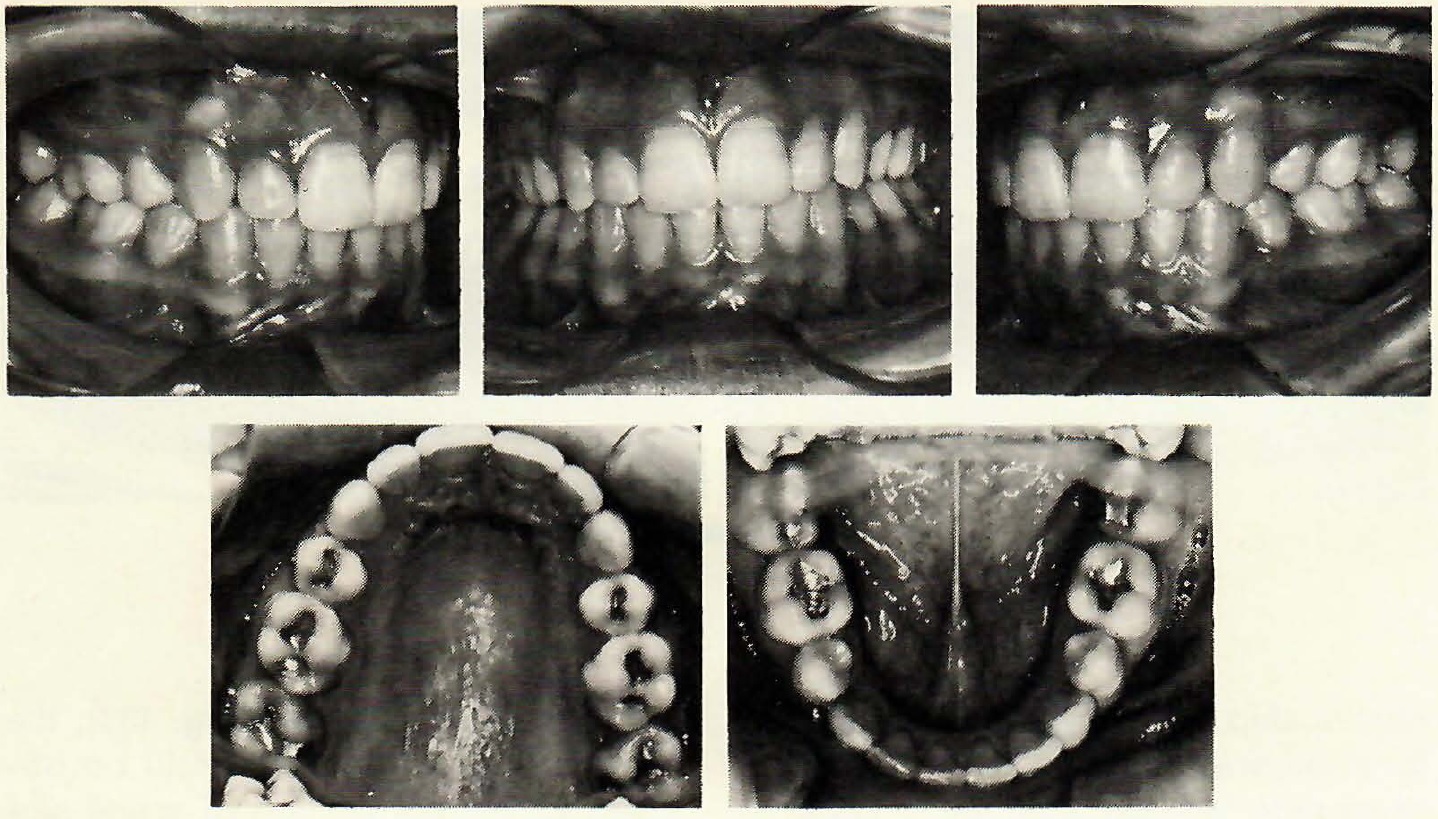The Masters of Functional Orthodontics
DRS. AURELIO LEVRINI and LORENZO FAVERO
416 pages, 542 illustrations. $198. 2003.
Quintessence Publishing Co., Inc.
555 Kimberly Drive
Carol Stream, IL 60188
(800) 621-0387
www.quintpub.com
Similar articles from the archive:
This comprehensive book presents an extraordinary perspective on the underlying biological principles of clinical treatment, on the development of functional orthopedic concepts, and on the pioneers who designed and promulgated functional appliances for the treatment of malocclusions and dentofacial disharmonies over the past several hundred years.
Forewords by Dr. T.M. Graber and the late Dr. Hans Peter Bimler compel us to look beyond the mere use of gadgets and mechanical contrivances in clinical treatment, and to refocus our attention on our medical roots--dating back to Hippocrates, Celsius, and Plinius--and on our role as applied biologists.
Although the book concentrates on the contributions of late-19th- and 20th-century functional thinkers, there is an interesting discussion of the overall history of dentistry and orthodontics, particularly in Europe. The authors describe the contributions of Bunon, Fauchard, and, indirectly, even Leonardo da Vinci to our understanding of the relationship between form and function.
The book is more ambitious in covering the contributions of both American and European orthodontic legends, including such seminal figures as Kingsley, Angle, Robin, Rogers, Andresen, Bimler, Balters, Klammt, Fränkel, Stockfisch, Muzj, and Hoffer. The section on each master is presented in the following format:
- Overall philosophy
- Events, items of interest, people, and documents of the times
- Chronicles of daily life
- Ideation and evolution of a philosophy
- Practical applications
- The master's works
A multitude of photographs and drawings amplify the chronicle of this rich history. Drs. Levrini and Favero have succeeded in writing a unique text that will remind all of us of our true roles as both orthodontists and dentofacial orthopedists.
ELLIOTT M. MOSKOWITZ, DDS, MS
Histoire de l'Orthodontie
DR. JULIEN PHILIPPE
191 pages (in French). 75 euros. 2003.
Editions S.I.D.
9 rue Christine
75006 Paris, France
www.editionsid.com
Julien Philippe, in this history of orthodontics, recounts the evolution of ideas and techniques in the "great adventure" of our specialty, including short biographies of the auteurs of each era.
For Philippe, orthodontics was born in 1728 with the publication of Fauchard's book. Contrary to Weinberger's claim, Fauchard did not try to widen the arches; he made room by filing down the lateral surfaces of the teeth. His successors improved on his methods by extracting deciduous teeth and sometimes first molars. Not all practitioners agreed, however, and there was a heated debate on the dilemma, "To extract or not to extract?"
At the beginning of the 19th century, it was found that soft tissues could move teeth and deform hard tissues. The invention of trays for precise impressions made accurate casts possible, and removable plates were made of ivory or gold. LeFoulon introduced transverse expansion, but no one believed in it.
Around 1850, the inventions of French and English clinicians began to be replaced by the new ideas flourishing in the United States. Americans discovered the applications of extraoral forces and jumping the bite (Kingsley), intermaxillary elastics (Case), and rubber.
In the 20th century, the idea that habits could cause malocclusion was accepted. Angle believed facial development was caused by the functional stimulations of a complete occlusion, whereas in Europe, Robin thought breathing was responsible, and Andresen believed it was mandibular activity.
Around 1939, the basic tenets of orthodontics in the United States were changed completely by Broadbent, Brodie, and others. Angle's doctrine collapsed, and Tweed proposed a new method that was perfectly suited to these new concepts. The Europeans, separated from the Americans by the war, were not immediately affected. First the Germans, and then the other European countries, developed functional methods that were more widely applicable than edgewise appliances on the war-ravaged continent.
Interdisciplinary treatment with orthodontics and oral surgery marked a further expansion of our specialty. But Philippe concludes with a chapter of still-unanswered questions, including:
- Can the mandible be lengthened?
- Are completely stable results possible?
- Are average norms adequate for any individual?
The book's black-and-white illustrations are derived entirely from the historic works mentioned in the text. Documentation is extensive, although the bibliography is somewhat confusing, being divided into two parts (original material and secondary sources) and listed alphabetically rather than numerically.
Overall, Philippe's book is an excellent tool for those who agree with Auguste Comte: "Onne connaît pas complètement un science tant qu'on n'en sait pas l'histoire."
GEORGES L.S. SKINAZI, DDS, DSO, DCD



